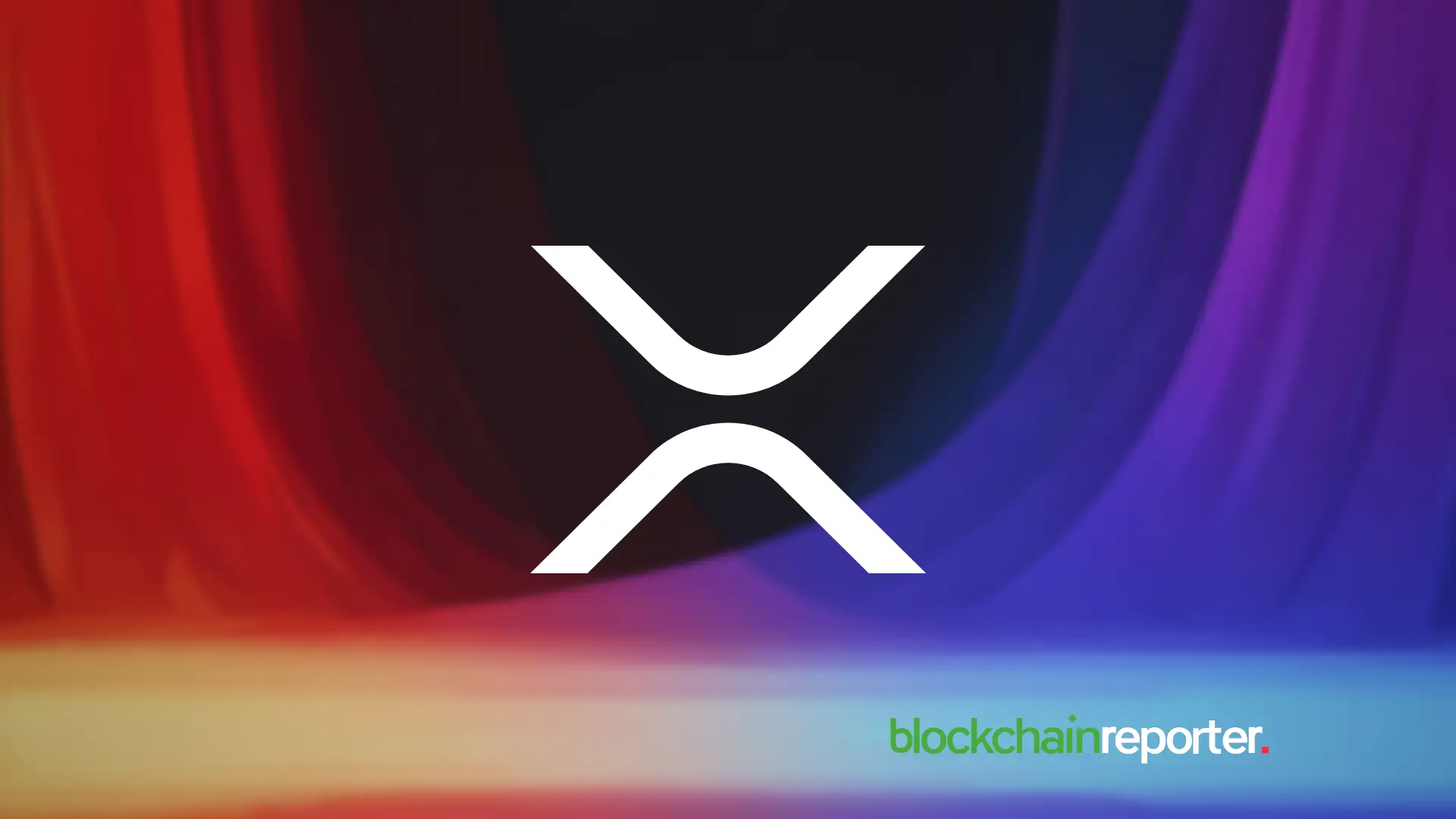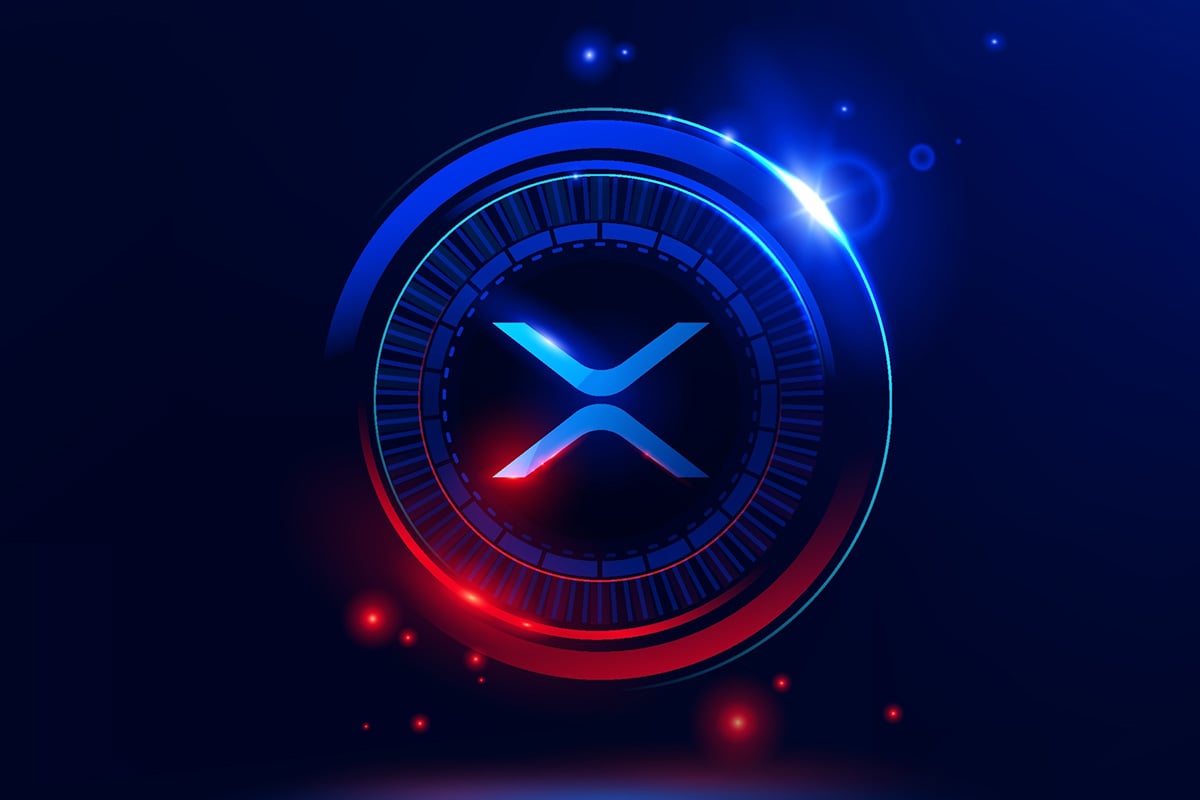XRP Whales Offload 200 Million XRP as Market Pauses Near $3

A single tweet from on-chain analyst Ali Martinez set traders digging through ledger transfers this week. “Whales have offloaded around 200 million $XRP in the last two weeks,” he wrote, and the claim immediately refocused attention on where large holders were moving their coins.
On spot markets, XRP has largely been treading water near the $3.00 area as traders try to figure out whether the big transfers were profit-taking or the start of something bigger. Volume has stayed lively, which suggests there’s real activity behind the headline, but not yet a clear directional conviction.
Digging into the numbers shows why people are debating the significance. Different on-chain trackers and analytics firms classify “whales” in different ways. Some dashboards put the recent big transfers closer to 160 million XRP over the same fortnight, while other analyses, depending on how they cluster wallets or treat exchange vs. self-custodied moves, flag even larger cumulative flows.
In short, the exact count varies, but the takeaway is the same: significant tokens changed hands. Technically, that kind of distribution can slow a rally. Market commentators warned that if selling pressure continues, XRP could revisit lower supports in the $2.40–$2.80 band. On the flip side, reclaiming resistance around $3.10–$3.15 would calm nervous traders and signal buyers are stepping back in.
Context Matters
XRP has seen renewed interest from both retail and institutional corners this year, and some investors point to broader macro tailwinds, such as softer rate expectations, that could buoy crypto markets more generally. That makes it plausible the whale moves were merely short-term profit taking rather than the start of a structural decline.
What traders are watching next is straightforward. Where did those XRP land? If large transfers ended up on exchanges and quickly converted to fiat or stablecoins, selling pressure could build. If instead coins moved into cold wallets, that would look more like redistribution or long-term stacking. Spot and derivatives open interest will also be closely monitored for signs of liquidations or fresh leveraged flows.
For now, the picture is mixed. Martinez’s tweet was a reminder that big players still matter in crypto, but it’s the follow-through on price and on-chain flows that will tell the full story. Traders will likely keep a close eye on the $3 level and the next set of on-chain data for clearer direction.
You May Also Like

Vitalik Buterin lays out new Ethereum roadmap at EDCON

Dogecoin Price Prediction For 2025, As Analysts Call Pepeto The Next 100x
